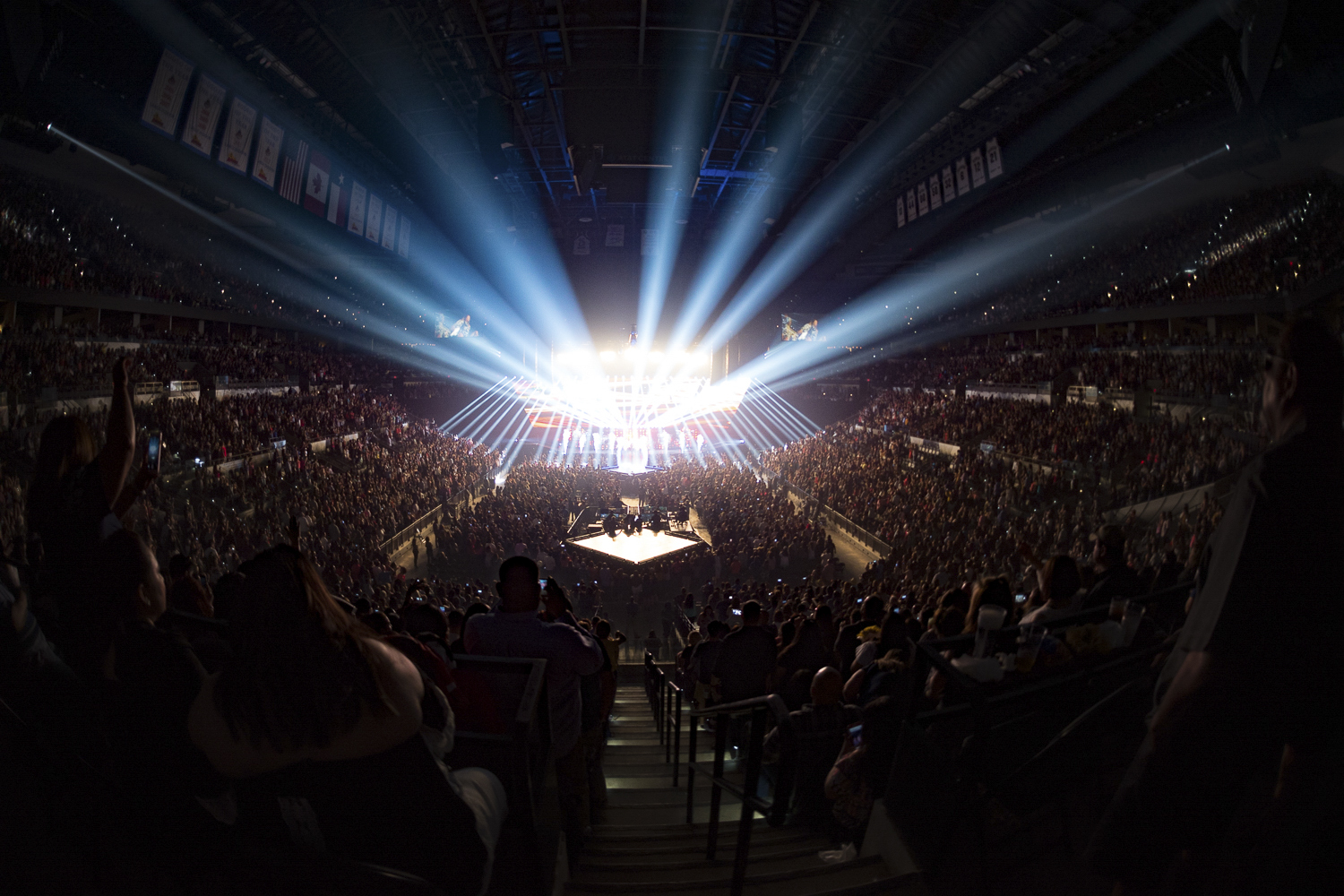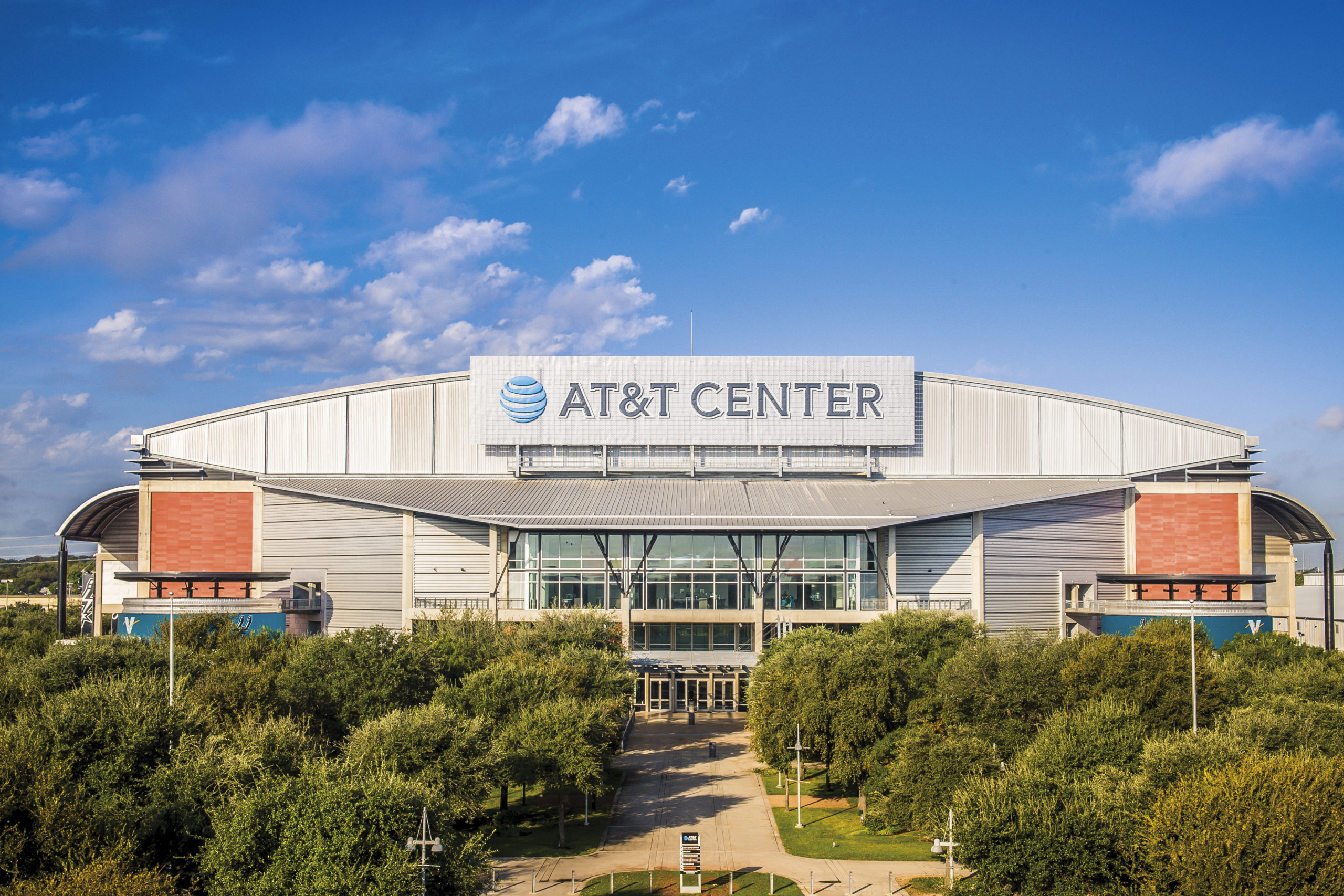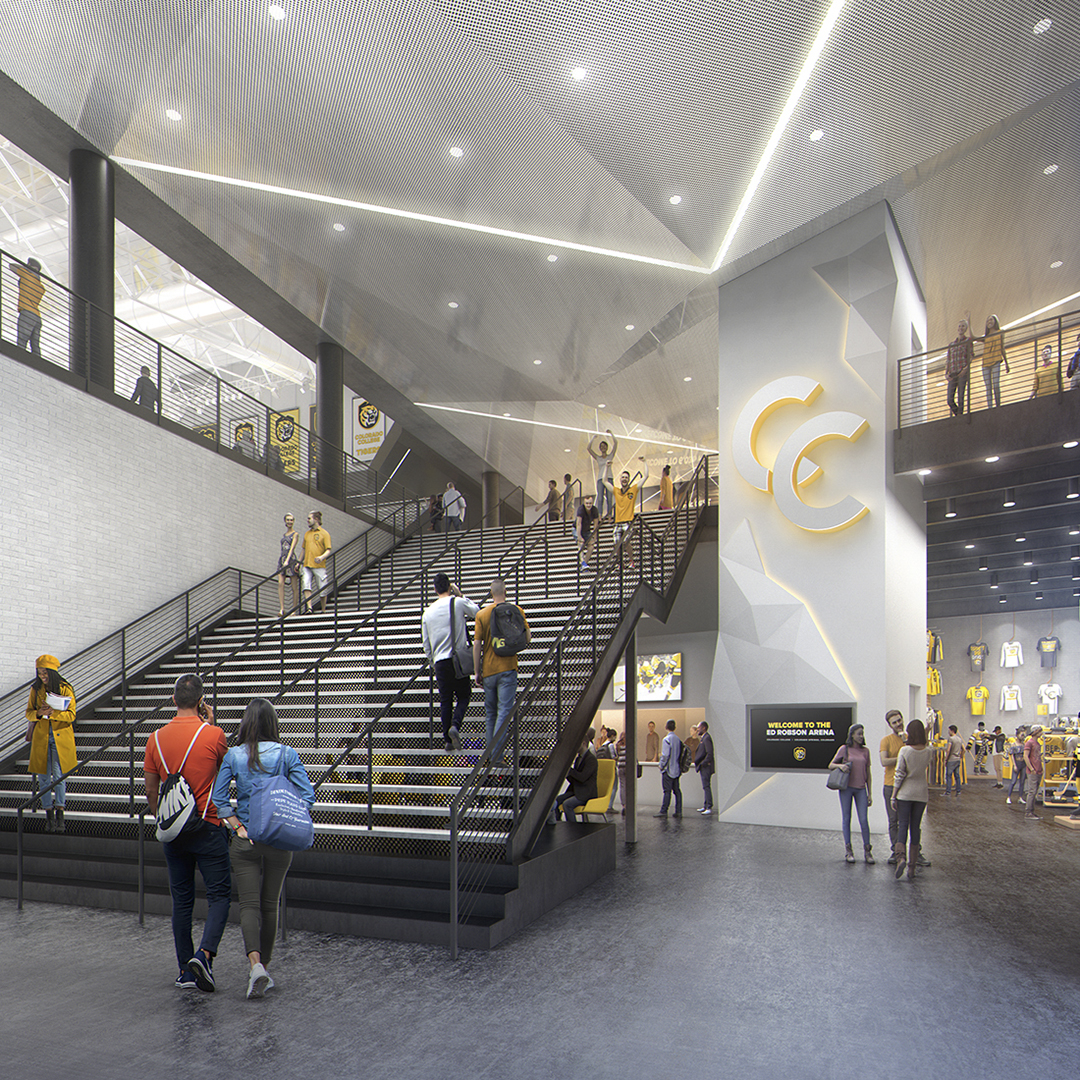|
Getting your Trinity Audio player ready...
|
The COVID-19 pandemic had a devastating impact on the live entertainment industry. Professional sports and live music venues shut down for months and when some returned, most were not allowed to welcome back fans in arenas and stadiums. Managers of these facilities, including Casey Heverling, vice president and general manager of AT&T Center in San Antonio—home of the National Basketball Association’s San Antonio Spurs—faced unprecedented challenges and had to revamp practices and protocols to prepare for the return of fans in 2021.

“There were some silver linings,” Heverling acknowledges. “How to respond to the impact of COVID on facilities has taught us a lot.” The virus outbreak forced facilities managers to examine how they cleaned spaces and maintained and operated HVAC systems, as well as how to reduce interactions between customers and staff that could spread the disease. These efforts will continue to provide benefits after the pandemic subsides, and the fan experience will improve as a result, Heverling says.
In a normal year, the AT&T Center hosts about 85 sporting events and concerts plus about 200 smaller special events including business meetings and galas. Obviously, 2020 was no normal year. The Spurs finished the interrupted season in the NBA “bubble” in Orlando, and the AT&T Center was dark for most of it.
Instead of managing events, Heverling focused on improvements at the arena in three categories: surface, air, and the behavior of people. Revamped surface cleaning practices were developed to kill the coronavirus, which can remain active for days after landing on surfaces. Common, inexpensive cleaning products containing bleach work well, so that issue was fairly easy to resolve. Heverling devised more frequent cleaning schedules to eliminate the virus from surfaces that people are likely to touch, in addition to alternative methods to neutralize the virus, such as equipment that uses ultraviolet light to kill it.

The VP had a two-fold strategy to improve indoor air quality that will reduce the chances of the virus being transmitted within the arena. First, air handler filters were upgraded from MERV 8 to MERV 13 to more readily screen out the virus. “We would have installed higher MERV filters, but our equipment is not able to operate correctly with those,” Heverling says.
Another tactic—ratcheting up air flow throughout the facility—was accomplished by boosting fan speeds in the central HVAC system and distributing edge air-handling devices with HEPA filters in more enclosed spaces such as restrooms and meeting rooms. Scientific studies have shown that more air exchanges dilute the virus in indoor environments. To boost that effect, Heverling’s staff adjusted HVAC infrastructure to bring in a higher volume of outside air. In some of the smaller spaces, Heverling also added bipolar ionization equipment that break down harmful organic and chemical contaminants.
Common interactions between staff and customers such as ticket taking and concession ordering and payment present opportunities for the virus to spread. To counteract that danger, the AT&T Center will offer patrons expanded options for touchless transactions plus plexiglass strategically installed around the facility. For example, fans will be able to order and pay for food and beverages on their phones and pick their items up from an express lane. The arena will also have hand sanitizers distributed throughout the building, as well as numerous signs spelling out safety measures such as social distancing rules and the steps the facility has taken to provide a safer environment.
Arena personnel will continue to take some of these measures even after the pandemic subsides. The result will be a cleaner, healthier environment for fans and staff, as these practices will reduce infections from other diseases such as the flu. There’s one silver lining.

With uncertainty about the rule regarding when fans can return to the arena, and how many will be allowed to do so, Heverling and his team have developed plans for many scenarios. They have considered issues such as appropriate staffing levels and how many concession stands to open based on various fan attendance levels. He remains optimistic about the future of live entertainment and the public’s enthusiastic return to sports and concert venues as he oversaw this planning effort.
“I believe we are all going to find again an appreciation for live entertainment,” he says. “We need to come together. We are social beings. I’m hopeful that people are going to come back in a big way.”
Bolstering that optimism was the public’s response to a series of six comedy and music performances that the AT&T Center hosted at its outdoor courtyard during the summer of 2020. Four of the six shows were sold out with a capacity of about 750 people, about one-quarter of the usual attendance, due to social distancing requirements. Customers were seated at picnic tables in family groups about six feet apart and were required to wear masks when they were not seated.
Despite the restrictions, there was a real hunger for these live performances, Heverling says. As vaccines reach more people, Heverling looks forward to safely welcoming fans back to the venues he manages. Fans will want to be reassured that management has taken appropriate steps to protect them from the virus, he notes. Thus, fans might be required to use mobile apps that verify that they have been vaccinated.
While pandemic planning has taken much of his time, Heverling has also been envisioning the evolution of the fan experience. The growth of fantasy sports, sports betting, and the development of augmented reality technology could yield notable changes. Mobile apps could provide richer interactions with the action on the court at Spurs games, for instance. Fans might be able to replay action via mobile video from multiple angles, for example. In preparation for such advances, the arena has worked with its partner, AT&T, to be one of the first sports venues to have both Wi-Fi 6 and 5G capability.
Whatever the future may hold, it is likely that Heverling will have considered the scenario and gamed out a plan for it. That bodes well for the AT&T Center and San Antonio’s sports and music fans.

